It’s not often that motorcycles play a central role in a Hollywood movie, which makes The Bikeriders deserve our attention and scrutiny. Too often, motorbikes are portrayed inauthentically on the silver screen. Real bikers scoff at films like Wild Hogs and Biker Boyz.
The Bikeriders sets itself apart from those duds by offering a retelling of the photo book of the same name, authored by Danny Lyon in 1967. It chronicled the 1960s evolution of the Chicago Outlaws Motorcycle Club and several of its members.
The 2003 edition of the book, which included a new preface from Lyon that recounted what happened to some of the members after the original edition was published, was critical to director Jeff Nichols.
“There was something beautiful and kind of sad in it that came to inform the whole film,” he explained. The final spark for Nichols came when Lyons posted audio files of interviews with club members.
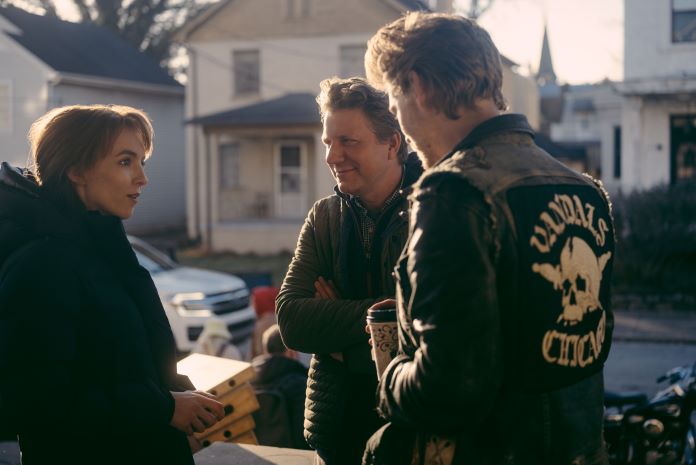
“It was such a crucial tool for me as a screenwriter,” Nichols said. “Suddenly I was able to visualize the movie – what it could sound like and look like.”
Nichols created a compelling screenplay based on the new information about the characters, and the onscreen result is a gritty and evocative drama about a fictional version of the club called the Vandals, capturing the book’s look and feel.
“Much of the dialogue is taken directly from Danny’s interviews,” Nichols explained, “but I had to graft that into a fictional narrative, which meant building fictional relationships between the characters. This is not intended to be a documentary telling of any real club, but instead a story inspired by the feelings and stories conveyed in Danny’s book.”
The Vandals begin in 1959 as a friendly club of moto enthusiasts who live on the margins of society, finding a happy home with other societal misfits. As the club grows, newer members drag the Vandals into the rough-and-tumble world of stereotypical MC criminal activities, with the story culminating darkly in 1973.
The film is largely told through the eyes of “Kathy,” convincingly played by Jodie Comer, who gets married to club member “Benny,” the central figure in the film played by Austin Butler. Benny finds himself pulled between a relatively traditional life with Kathy or taking over as the Vandals’ leader from “Johnny,” expertly played by Tom Hardy.
The performances are uniformly strong. Butler brings a brooding intensity to his role, capturing the allure and danger of a biker lifestyle. Comer balances strength and vulnerability in a way that makes her character relatable. And Tom Hardy, as the club’s charismatic leader, is magnetic, embodying both the camaraderie and the violence that define the Vandals.
Hardy delivers “a subtle, emotional performance where everything seems to be sitting a millimeter under his skin,” according to Nichols. “Directing Tom was one of the most challenging and rewarding experiences of my career.”
Nichols directs with a steady hand, drawing out nuanced performances from his cast and maintaining a sense of tension throughout. The raw energy of biker culture is shown via naturalistic lighting and muted colors, capturing the stark beauty of the American Midwest. The efforts behind the cameras effectively evoke the period and add to the film’s gritty realism.
The Bikeriders proves to be more than just a film about motorcycles and machismo. It’s a study on rebellion and the search for identity, exploring the bonds of brotherhood and the costs of loyalty. The result is a complex picture of a subculture often romanticized but rarely understood, illustrating the sense of belonging and purpose that a club provides its members.
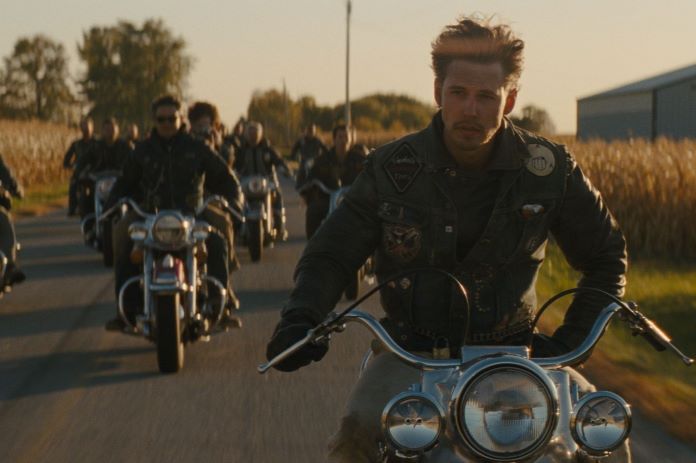
We get to see the internal dynamics of the Vandals, their clashes with society, and the personal struggles of its members in a credible story that entertains with brilliant acting and excellent (and seat-rumbling!) sound design. The terrific soundtrack includes gems like Bo Diddley’s “Road Runner,” Cream’s “I Feel Free,” Dale Hawkins’ “My Babe,” and Them’s “Baby Please Don’t Go.”
The cherry on top of the first-rate film is the collection of 1960s motorcycles seen and heard in it – mostly Harleys, but also a few Triumphs, BSAs and BMWs. The 45 bikes in the film were sourced by motorcycle consultant/stunt coordinator Jeff Milburn, and they look and sound time-period authentic.
The main actors in the film are veritable motorcycle riders, but Milburn hosted a boot camp to get them accustomed to riding hand-shift bikes. Norman Reedus, who entertains as “Funny Sonny,” has the greatest amount of riding experience.
With a stellar cast and a keen eye for period detail, The Bikeriders is a powerful and immersive film that offers a fresh take on the biker genre through a turbulent era of American history.
Whether you’re a fan of motorcycle culture or simply appreciate well-crafted cinema, it’s worth going along for a ride with The Bikeriders.
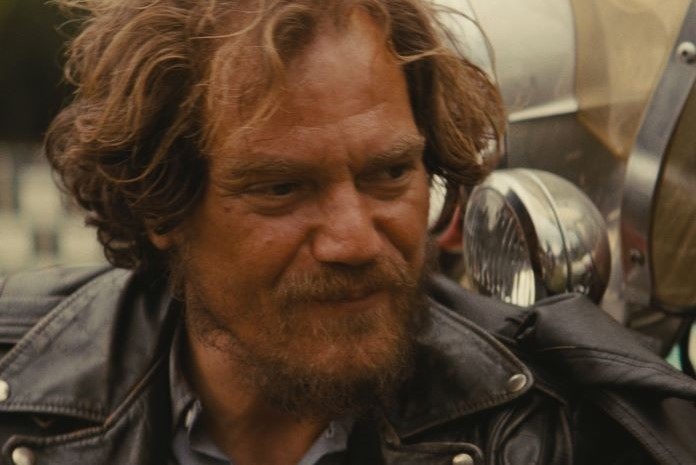





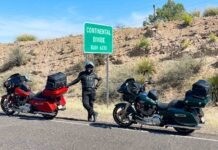
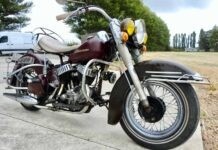












I started riding back in 1964 at the age of 17, my first bike was a Honda Dream which I bought because I could not afford a car. I was still in high school at the time, and I needed a cheap mode of transportation. I soon learned that I loved going on solo rides through the countryside of Pennsylvania when I had the time to ride for just the joy of it. After 60 years of riding, I finally gave up riding this year at the age of 76 due to health reasons. Over the years I owned other Hondas, Triumphs and a Moto Guzzi. I never belonged to a motorcycle gang and never felt the need to. I had other friends that I rode with over the years, and they felt the same. I don’t understand that every time they make a movie about motorcycles it has to do with criminals and drug dealers, 99% of riders were never associated with any of this type of activity and does nothing but give the general public a bad image of motorcyclists.
“The film is largely told through the eyes of “Kathy,” convincingly played by Jodie Comer, who gets married to club member “Benny,” the central figure in the film played by Austin Butler. Benny finds himself pulled between a relatively traditional life with Kathy or taking over as the Vandals’ leader from “Johnny,” expertly played by Tom Hardy.”
Ok. So basically it’s Tara, Jax and Clay on the big screen?
The Bikeriders sounds like an authentic and powerful tribute to motorcycle culture! I’m excited to see how it captures the gritty realism and emotional depth of the original photo book.
Mr Duke did a good job introducing us to the actors. It makes me interested to see the movie. I never understood why one gravitated to riding in a gang. Motorcycle’s are enjoyable for sure & riding with others of like mind even more so. I’ve been riding a very long time, so many great experiences with people I’ve meant. Traveling on a motorcycle through countries is on a different level than in cars etc. Seeing the USA on a motorcycle is inspirational.